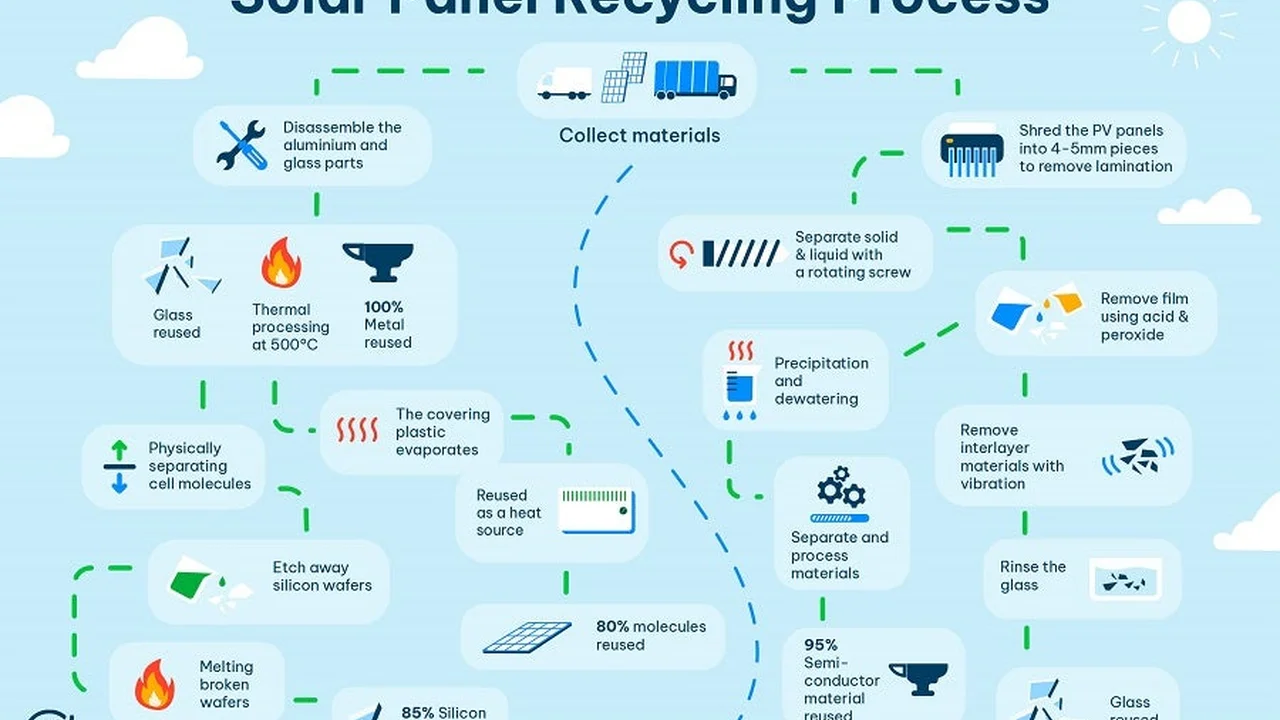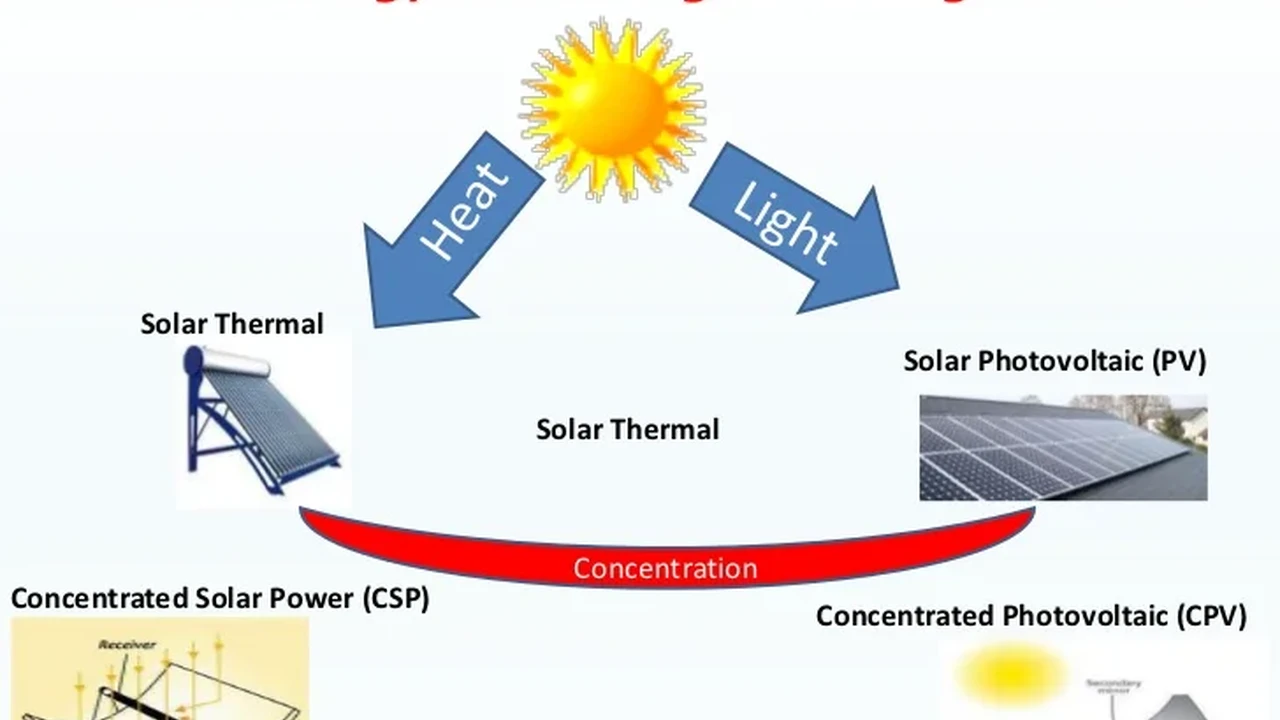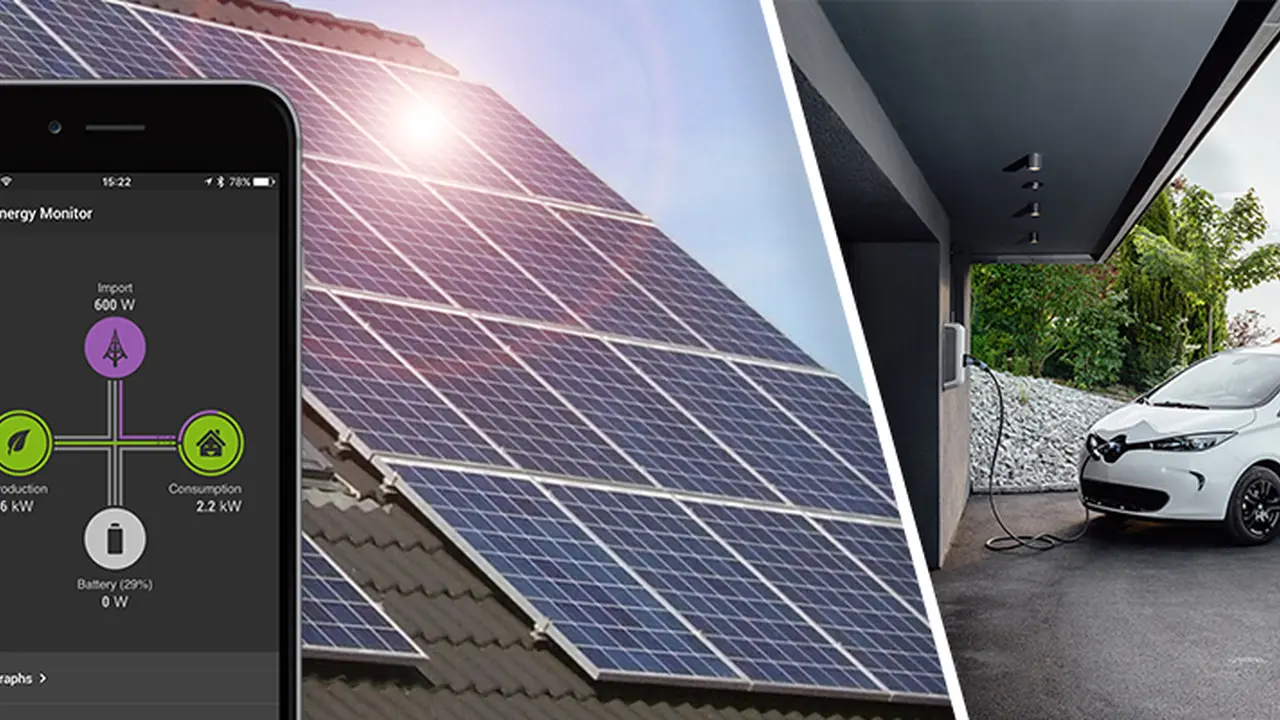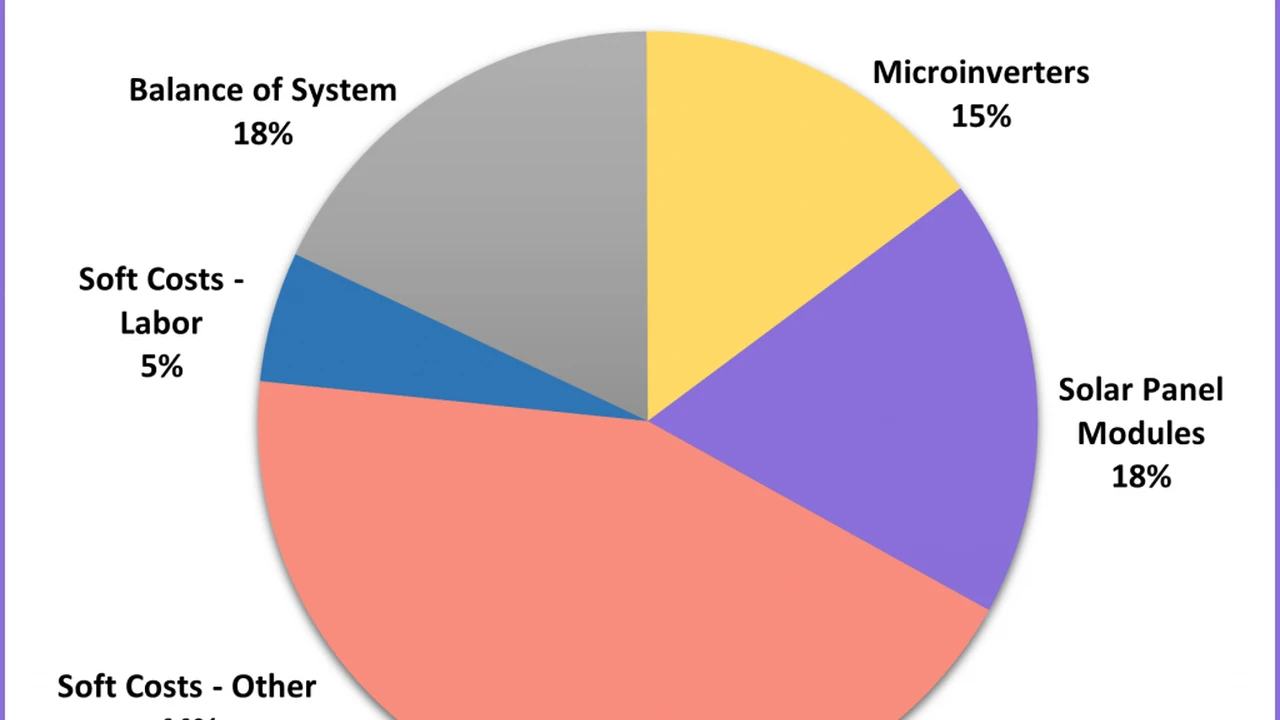Solar Panel Performance in Different Climates
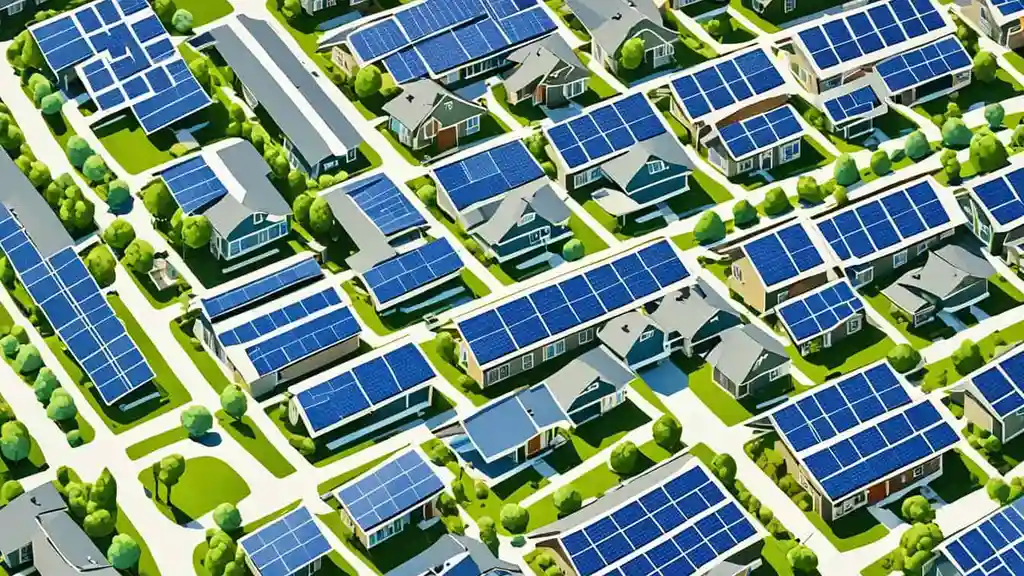
Understanding Solar Panel Efficiency and Climate Factors
So, you're thinking about going solar? Awesome! But before you jump in, it's super important to understand how different climates can affect how well your solar panels actually perform. Think of it like this: a plant that thrives in the desert probably won't do so hot in the rainforest, right? Same goes for solar panels. A panel that rocks in sunny Arizona might not be as productive in cloudy Seattle. Let's break down the main climate factors that play a role.
Sunlight Intensity: More Than Just Sunshine
Okay, duh, sunlight matters. But it's not just about how sunny it is. Sunlight intensity, measured in kilowatt-hours per square meter per day (kWh/m²/day), is the real key. This tells you how much solar energy actually reaches your panels. Places with consistently high solar irradiance, like the southwestern US, are obviously going to see better solar panel performance. But even areas with less consistent sunshine can still benefit from solar, especially with the advancements in panel technology we'll get to later.
Temperature: Hotter Isn't Always Better
This is a big one that often surprises people. Solar panels actually perform *less* efficiently at higher temperatures. Yep, you heard that right. Solar panels are rated based on their performance at a specific temperature, usually around 25°C (77°F). Above that, their efficiency drops. This is known as the "temperature coefficient." A typical temperature coefficient might be -0.4%/°C. This means that for every degree Celsius above 25°C, the panel's power output decreases by 0.4%. So, a super hot day can significantly reduce your panel's output.
Cloud Cover and Shading: The Enemy of Consistency
Clouds are the bane of a solar panel's existence. Even partial shading can significantly reduce power output. Think of your solar panel as a string of Christmas lights. If one light goes out, the whole string dims. Similarly, if one cell in your panel is shaded, the performance of the entire panel can be affected. This is why proper site assessment and panel placement are crucial. You want to minimize any potential shading from trees, buildings, or other obstructions.
Snow and Ice: A Seasonal Challenge
If you live in a snowy climate, you'll need to consider the impact of snow and ice on your solar panels. Snow can block sunlight entirely, preventing your panels from generating electricity. The good news is that most solar panels are designed to withstand heavy snow loads. Plus, if your panels are angled, the snow will usually slide off eventually. However, you might need to manually clear the snow off your panels after a heavy snowfall to maximize their performance. Ice buildup can also be an issue, but it's usually less problematic than snow.
Humidity and Air Quality: Long-Term Effects
High humidity and poor air quality can also affect solar panel performance over time. Humidity can accelerate corrosion and degradation of the panel's components. Air pollution, especially dust and particulate matter, can accumulate on the panel's surface, reducing the amount of sunlight that reaches the solar cells. Regular cleaning can help mitigate these effects.
Solar Panel Types and Their Climate Performance: Finding the Right Fit
Not all solar panels are created equal. Different types of panels perform differently in different climates. Let's take a look at some common types and how they fare:
Monocrystalline Solar Panels: The High-Efficiency Choice
Monocrystalline panels are made from single silicon crystals, making them the most efficient type of solar panel. They generally have a higher temperature coefficient than other types, meaning they're less affected by high temperatures. This makes them a good choice for hot climates. They're also more efficient in low-light conditions, making them suitable for areas with cloudy weather.
Polycrystalline Solar Panels: The Budget-Friendly Option
Polycrystalline panels are made from multiple silicon crystals, making them less efficient than monocrystalline panels. They also have a higher temperature coefficient, meaning they're more susceptible to performance drops in hot weather. However, they're typically more affordable than monocrystalline panels, making them a good option for budget-conscious homeowners in moderate climates.
Thin-Film Solar Panels: The Flexible Alternative
Thin-film panels are made by depositing a thin layer of photovoltaic material onto a substrate. They're less efficient than crystalline panels, but they're also more flexible and lightweight. They tend to perform better in high-temperature conditions than polycrystalline panels. They're also more shade-tolerant than crystalline panels, making them a good choice for areas with partial shading.
Recommended Solar Panel Products and Their Applications
Okay, let's get down to some specific recommendations. Keep in mind that prices can vary depending on location and installer, so these are just estimates.
REC Alpha Series: High Performance for Hot Climates
The REC Alpha series is a monocrystalline panel known for its high efficiency and excellent temperature coefficient. It's a great choice for hot climates where performance is crucial. They boast a very low temperature coefficient of around -0.26%/°C.
- Usage Scenario: Residential and commercial installations in hot, sunny climates like Arizona, California, and Florida.
- Comparison: Outperforms many other monocrystalline panels in hot conditions. Slightly more expensive, but the higher efficiency can pay off in the long run.
- Estimated Price: $3.00 - $3.50 per watt.
Panasonic EverVolt Series: Reliability and Low-Light Performance
Panasonic EverVolt panels are another excellent option, known for their reliability and good performance in low-light conditions. They are a great choice for areas with cloudy weather, such as the Pacific Northwest or the Northeast.
- Usage Scenario: Residential installations in areas with frequent cloud cover, such as Seattle, Portland, or New England.
- Comparison: Excellent low-light performance. Slightly more expensive than some other options.
- Estimated Price: $3.20 - $3.70 per watt.
First Solar Series 6: Thin-Film for Large-Scale Projects
First Solar Series 6 panels are thin-film panels designed for large-scale utility projects. They are known for their competitive pricing and good performance in hot, humid climates. They are a good choice for solar farms in the Southeast.
- Usage Scenario: Large-scale solar farms in hot, humid climates like the southeastern United States.
- Comparison: Cost-effective solution for large projects. Less efficient than crystalline panels, but the lower cost can make them a viable option.
- Estimated Price: $0.70 - $0.90 per watt (for large projects).
Optimizing Solar Panel Performance in Any Climate: Tips and Tricks
No matter where you live, there are things you can do to maximize your solar panel performance:
Proper Panel Orientation and Tilt: Catching the Sun's Rays
The angle and direction your panels face are critical. In the Northern Hemisphere, panels should generally face south. The ideal tilt angle depends on your latitude. A good rule of thumb is to set the tilt angle equal to your latitude. However, you may need to adjust the tilt angle seasonally to optimize performance.
Regular Cleaning: Keeping Your Panels Sparkling
Dust, dirt, and debris can accumulate on your panels, reducing their efficiency. Regular cleaning can help keep your panels performing at their best. In most cases, you can simply hose down your panels with water. If you live in an area with hard water, you may want to use a mild soap and water solution. Be careful not to scratch the panels with abrasive cleaners.
Ventilation and Cooling: Keeping Things Cool
Proper ventilation can help keep your panels cool, improving their performance in hot weather. Make sure there is adequate airflow around your panels. You can also consider using a cooling system, such as a water-based cooling system, to further reduce the temperature of your panels.
Monitoring Your System: Keeping an Eye on Things
Most solar panel systems come with a monitoring system that allows you to track your system's performance. Pay attention to your system's output and look for any signs of problems. If you notice a significant drop in performance, contact your installer for assistance.
Choosing the Right Inverter: Matching the System
The inverter is the brain of your solar panel system. It converts the DC electricity generated by your panels into AC electricity that can be used by your home. Choose an inverter that is properly sized for your system and that is compatible with your panels. Also, consider the inverter's efficiency rating. A more efficient inverter will waste less energy.
Solar Panel Costs and Incentives: Making Solar Affordable
The cost of solar panels has come down significantly in recent years, making solar more affordable than ever. In addition to the federal tax credit, many states and local governments offer incentives for solar panel installations. These incentives can include tax credits, rebates, and grants. Check with your local utility company and government agencies to see what incentives are available in your area.
:max_bytes(150000):strip_icc()/277019-baked-pork-chops-with-cream-of-mushroom-soup-DDMFS-beauty-4x3-BG-7505-5762b731cf30447d9cbbbbbf387beafa.jpg)



